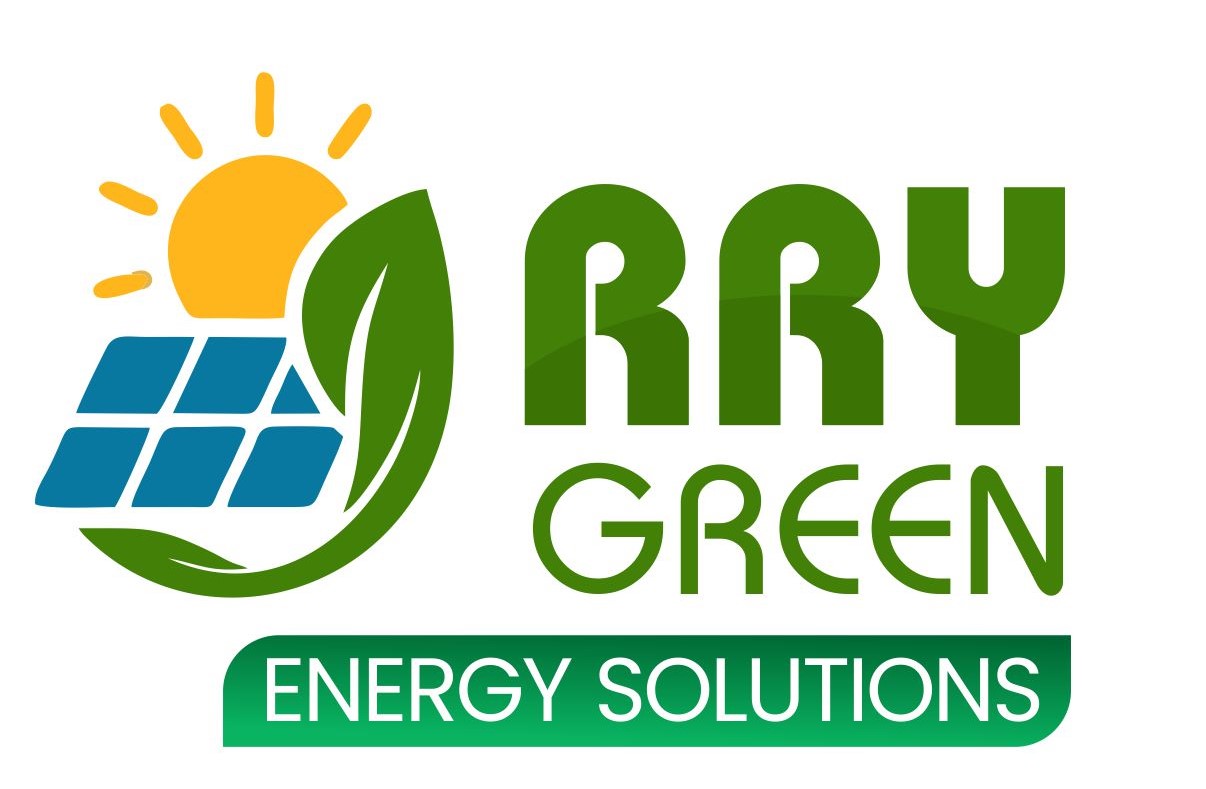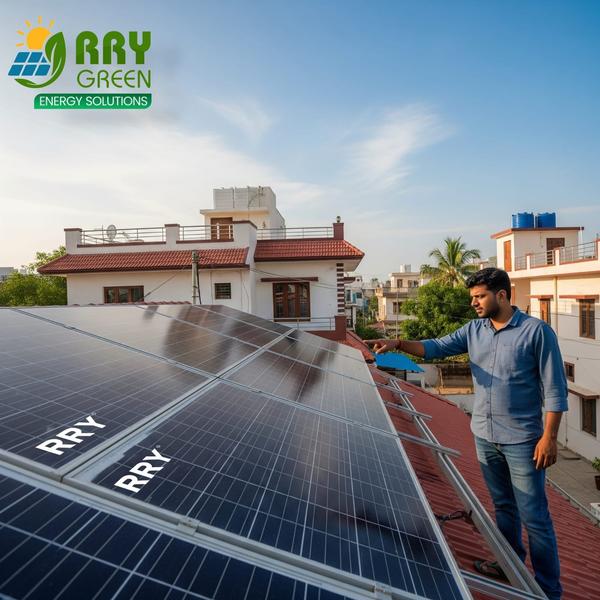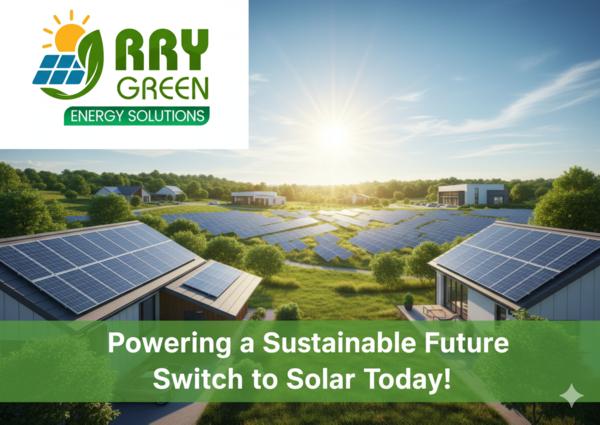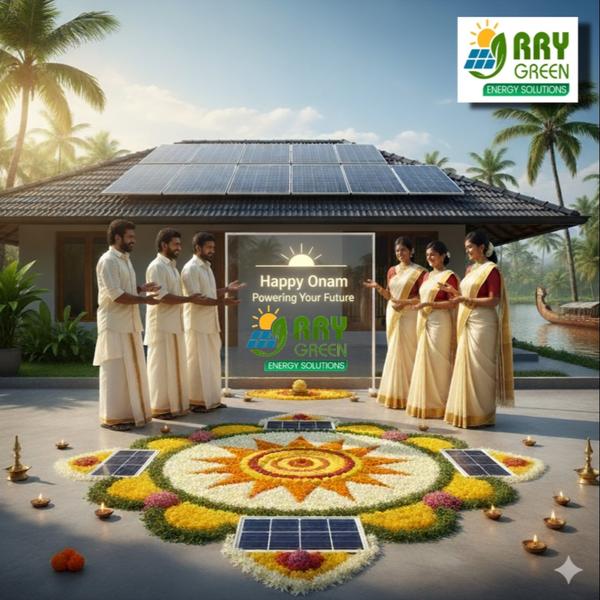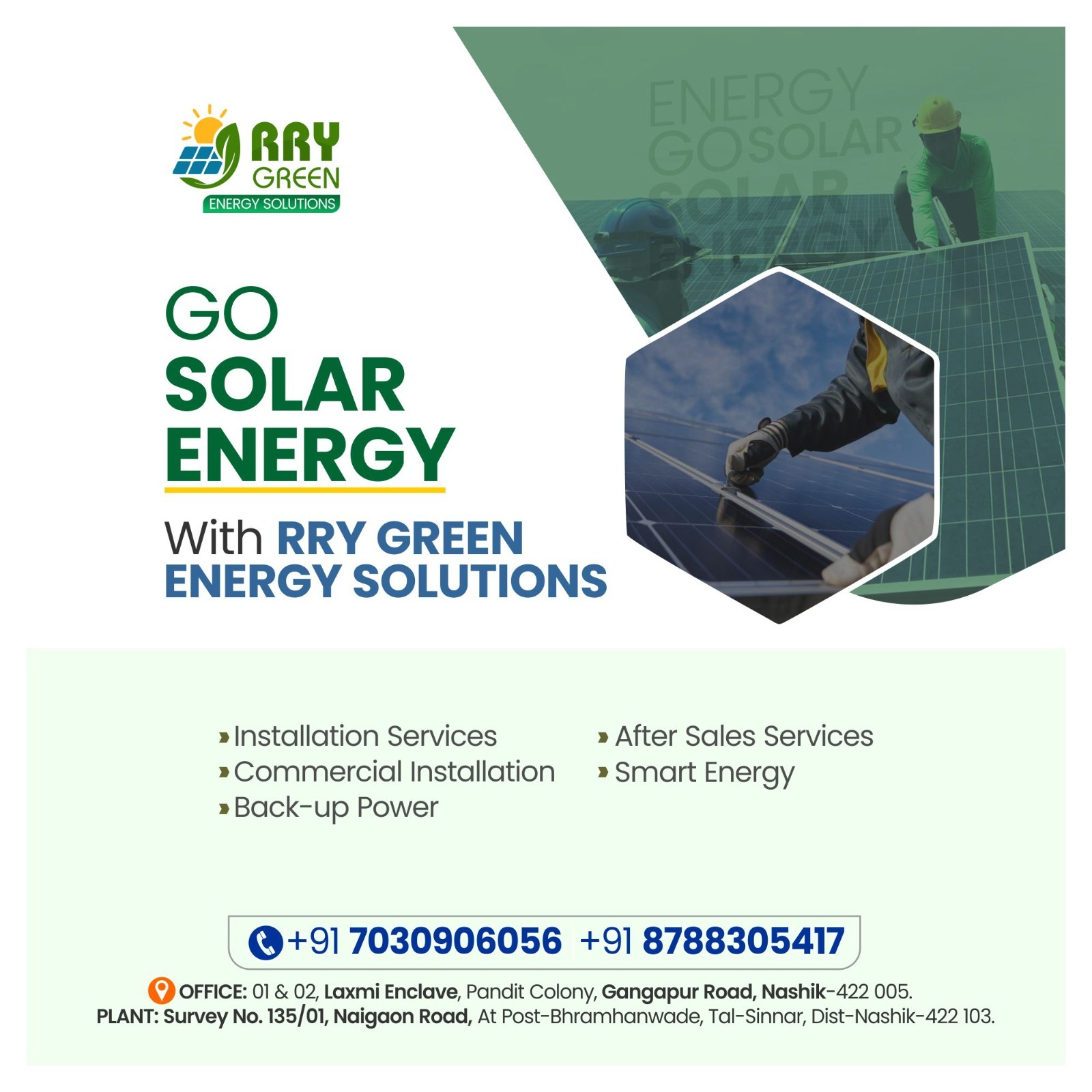
1. Site Assessment
Purpose: To check if your location is suitable for solar.
Evaluate roof space (or ground space).
Check sunlight exposure (ideally south-facing in the Northern Hemisphere).
Look for shading from trees/buildings.
Load analysis (to size the system according to your electricity needs).
2. System Design
Choose between:
On-grid system (connected to utility grid)
Off-grid system (uses battery storage)
Hybrid system (grid + battery)
Decide capacity:
Homes: 1 kW to 10 kW (typical)
Industries: 10 kW to several MW
Choose inverter type (string inverter, micro inverter, hybrid inverter)
Structure design (tilt angle, mounting system)
3. Quotations & Government Approvals
Get quotes from certified solar installers.
Apply for:
Net metering (if on-grid)
Subsidy applications (for residential users—often 20%–40%)
Local electrical authority permission (varies by region)
4. Installation Process
Timeline: 1–5 days (homes), 1–4 weeks (industries)
Mounting Structure Setup (roof or ground-based)
Panel Installation
Wiring & Connections (DC to inverter, AC to grid)
Inverter Installation
Battery Setup (if applicable)
Monitoring System Installation (optional but useful for real-time data)
Safety Checks
5. Testing and Commissioning
Electrical and performance testing
Grid synchronisation (for on-grid systems)
Approval by local utility (especially for net metering)
6. Maintenance Plan
Cleaning panels every 2–3 months
Annual system check-up
Inverter performance monitoring
Battery health checks (for hybrid/off-grid)
